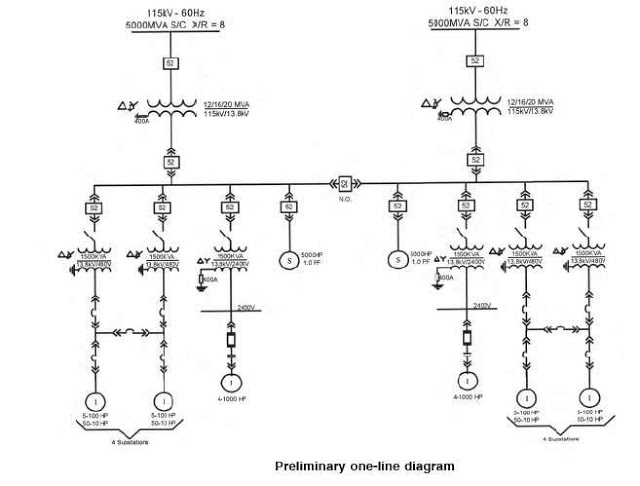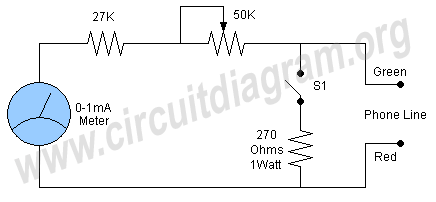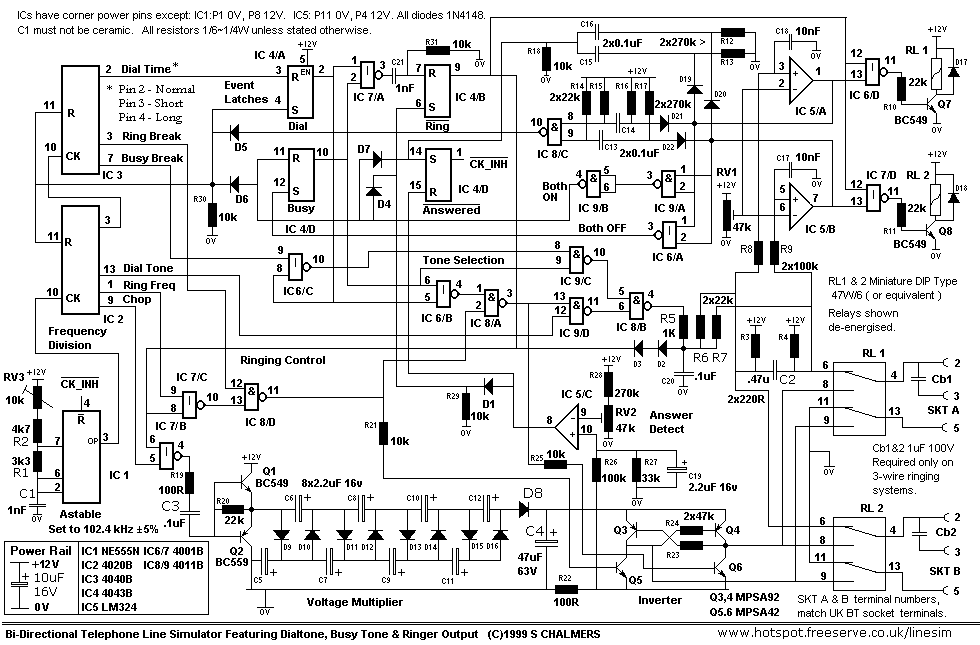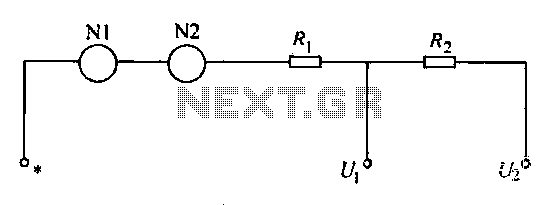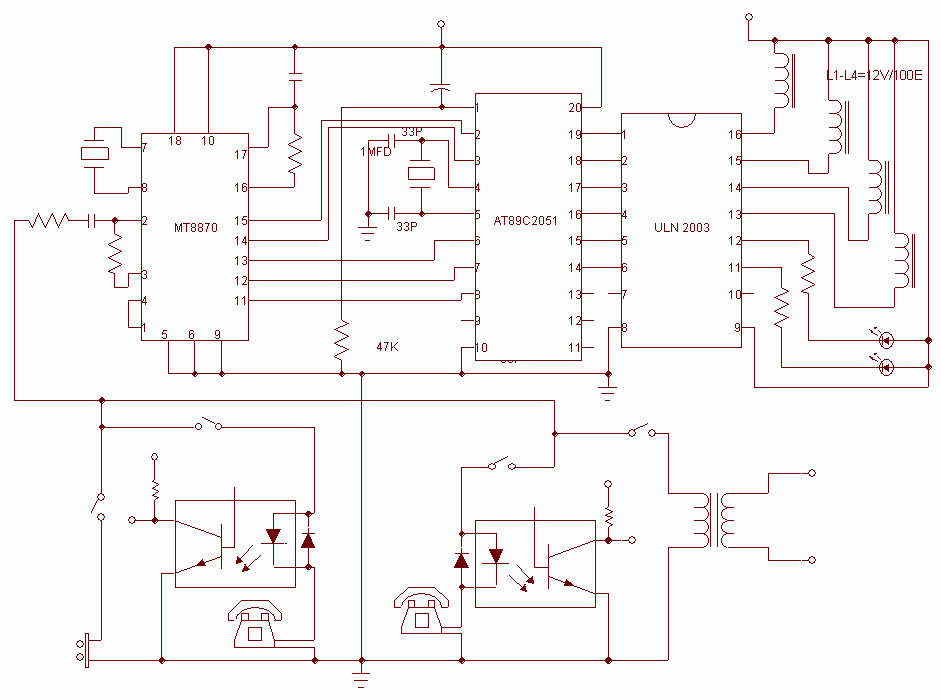
line follower robot
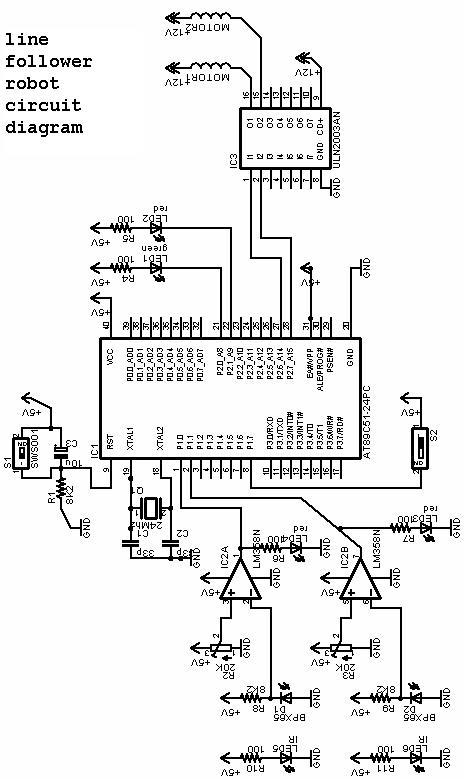
The project involves a line follower robot utilizing the 8051 microcontroller, accompanied by a circuit diagram. A full project report on the line follower or chaser robot is available for download.
The line follower robot is designed to autonomously navigate along a designated path, typically marked by a contrasting line on the ground. The core of this project is the 8051 microcontroller, which serves as the brain of the robot, processing inputs from various sensors and controlling the motors accordingly.
The circuit diagram includes essential components such as the 8051 microcontroller, infrared (IR) sensors, motor driver circuits, and power supply units. The IR sensors are strategically placed on the robot's underside to detect the line. When the sensors detect the line, they send signals to the microcontroller, which processes this information and determines the appropriate motor actions to keep the robot on track.
The motor driver circuit is crucial for controlling the movement of the robot. It interfaces between the microcontroller and the motors, allowing for bidirectional control of the wheels. This enables the robot to make turns and adjustments as needed to stay aligned with the path.
Power supply considerations are also integral to the design. The circuit typically requires a stable DC power source to ensure reliable operation of the microcontroller and motors. Battery packs are commonly used to provide the necessary voltage and current.
In summary, the line follower robot project using the 8051 microcontroller is a practical application of embedded systems, showcasing the integration of sensors, microcontrollers, and motor control in a compact robotic platform. The project report includes a detailed explanation of the design, implementation, and testing phases, providing valuable insights for enthusiasts and learners in the field of robotics and automation.Line Follower Robot Project Using 8051 with circuit diagram is explained in this abstract. Download line follower or chaser robot full project report 🔗 External reference
The line follower robot is designed to autonomously navigate along a designated path, typically marked by a contrasting line on the ground. The core of this project is the 8051 microcontroller, which serves as the brain of the robot, processing inputs from various sensors and controlling the motors accordingly.
The circuit diagram includes essential components such as the 8051 microcontroller, infrared (IR) sensors, motor driver circuits, and power supply units. The IR sensors are strategically placed on the robot's underside to detect the line. When the sensors detect the line, they send signals to the microcontroller, which processes this information and determines the appropriate motor actions to keep the robot on track.
The motor driver circuit is crucial for controlling the movement of the robot. It interfaces between the microcontroller and the motors, allowing for bidirectional control of the wheels. This enables the robot to make turns and adjustments as needed to stay aligned with the path.
Power supply considerations are also integral to the design. The circuit typically requires a stable DC power source to ensure reliable operation of the microcontroller and motors. Battery packs are commonly used to provide the necessary voltage and current.
In summary, the line follower robot project using the 8051 microcontroller is a practical application of embedded systems, showcasing the integration of sensors, microcontrollers, and motor control in a compact robotic platform. The project report includes a detailed explanation of the design, implementation, and testing phases, providing valuable insights for enthusiasts and learners in the field of robotics and automation.Line Follower Robot Project Using 8051 with circuit diagram is explained in this abstract. Download line follower or chaser robot full project report 🔗 External reference
Warning: include(partials/cookie-banner.php): Failed to open stream: Permission denied in /var/www/html/nextgr/view-circuit.php on line 713
Warning: include(): Failed opening 'partials/cookie-banner.php' for inclusion (include_path='.:/usr/share/php') in /var/www/html/nextgr/view-circuit.php on line 713
